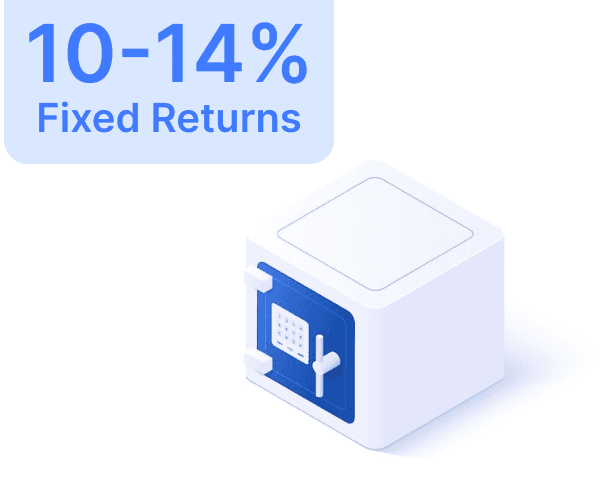Measuring Mutual Fund Risk: The Role of Standard Deviation



While investing in a mutual fund we often look at returns as a parameter for assessment. Along with returns, a fair assessment of risk can help you in making a prudent choice. One such way of assessing risks and volatility can be using a statistical tool called standard deviation. A critical ratio frequently used by fund managers, the standard deviation can greatly help investors. Let us understand the standard deviation meaning to help you assess risk better.
What is Standard Deviation?
A standard deviation is a number (expressed as a percentage) that can be used to show how much the returns of a mutual fund scheme are likely to deviate from its average annual returns. When applied to historical returns over a period, the standard deviation can be used as a tool to measure the volatility of a fund. The higher the standard deviation, the higher the volatility.
While investing in a mutual fund we often look at returns as a parameter for assessment. Along with returns, a fair assessment of risk can help you in making a prudent choice. One such way of assessing risks and volatility can be using a statistical tool called standard deviation. A critical ratio frequently used by fund managers, the standard deviation can greatly help investors. Let us understand the standard deviation meaning to help you assess risk better.
What is Standard Deviation?
A standard deviation is a number (expressed as a percentage) that can be used to show how much the returns of a mutual fund scheme are likely to deviate from its average annual returns. When applied to historical returns over a period, the standard deviation can be used as a tool to measure the volatility of a fund. The higher the standard deviation, the higher the volatility.
While investing in a mutual fund we often look at returns as a parameter for assessment. Along with returns, a fair assessment of risk can help you in making a prudent choice. One such way of assessing risks and volatility can be using a statistical tool called standard deviation. A critical ratio frequently used by fund managers, the standard deviation can greatly help investors. Let us understand the standard deviation meaning to help you assess risk better.
What is Standard Deviation?
A standard deviation is a number (expressed as a percentage) that can be used to show how much the returns of a mutual fund scheme are likely to deviate from its average annual returns. When applied to historical returns over a period, the standard deviation can be used as a tool to measure the volatility of a fund. The higher the standard deviation, the higher the volatility.
Author

Harish Malhi
Read More 📖


Axis Bank Credit Card Net Banking
Axis Bank Credit Card Net Banking
August 5, 2024
August 5, 2024




PNB Fixed Deposit (FD) Interest Rates
PNB Fixed Deposit (FD) Interest Rates
August 5, 2024
August 5, 2024




Linking Aadhaar to Your Punjab National Bank Account
Linking Aadhaar to Your Punjab National Bank Account
August 5, 2024
August 5, 2024




PNB SIP Calculator
PNB SIP Calculator
August 5, 2024
August 5, 2024




How to Close a PNB Account Online & Offline?
How to Close a PNB Account Online & Offline?
August 5, 2024
August 5, 2024




TDS Refund - How to Claim TDS Refund
TDS Refund - How to Claim TDS Refund
August 5, 2024
August 5, 2024


View More




